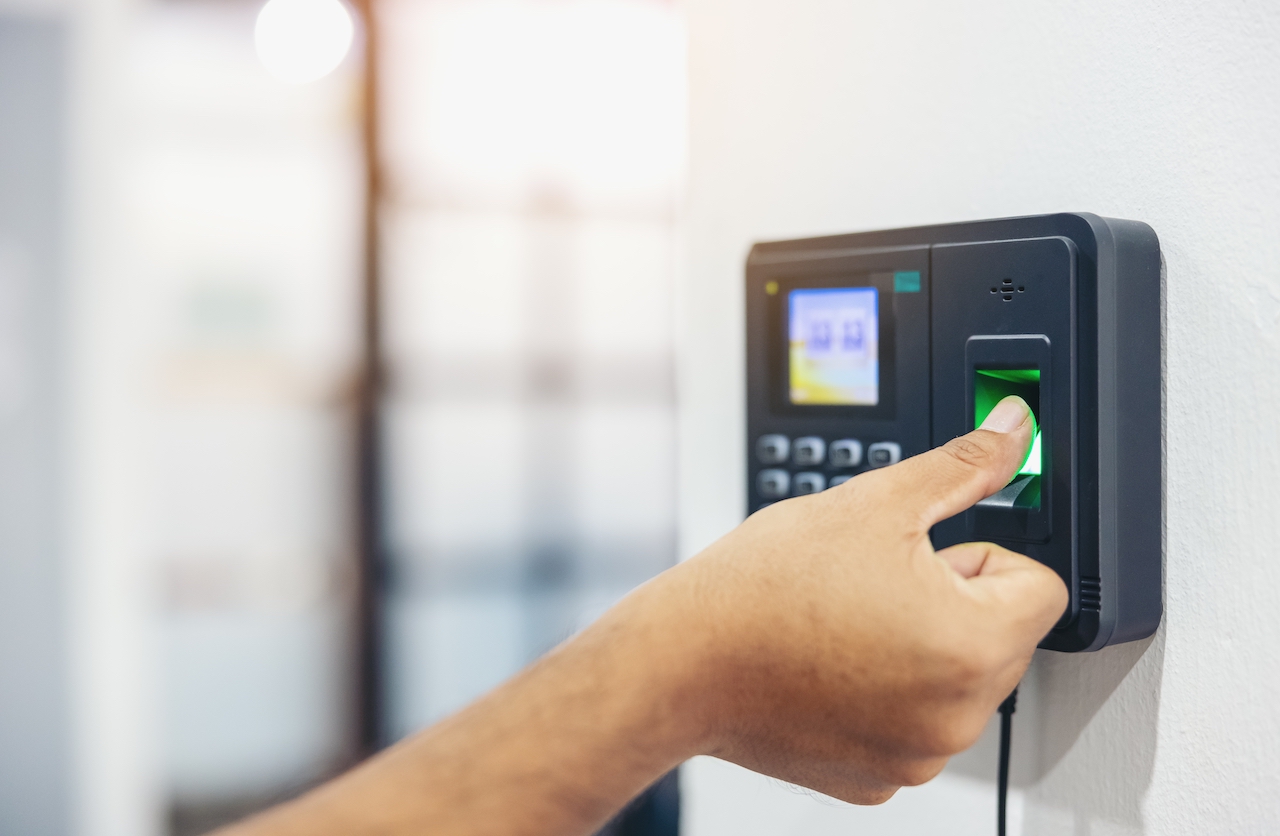With the progress of IoT, more domestic and commercial applications are integrating with an online network. It makes the data more accessible and streamlines data processing. Big data and AI have already found their way into several daily-use applications, from market recommendations to social media. Almost universally, it results in a system optimised for speed and efficiency.
Another field where similar systems can achieve remarkable success is the attendance management system for businesses. Even today, most of them run off compiling the logins for each employee. Converting to digital attendance can provide several advantages. This piece will tell you all about it.

What Is an Attendance Management System?
It is a set of practical methodologies that assist the monitoring of an establishment’s attendance through automated systems. Earlier, punched cards, first developed by IBM, became quite popular. Digital swipe cards eventually replaced them in the 21st century.
Today, an attendance management system (AMS) can use contactless technology like fingerprints, facial recognition, QR code scanning, or RFID to mark logins. Instead of Excel sheets, they generate data over a graphics-based interface, making it easier for HR and employees to track their attendance.
Benefits of an Attendance Management System
Employing digital attendance at any commercial location can bring about several advantages. A few notable ones include the following.
Increased Efficiency
Attendance of a place goes beyond marking adequate logins. HR has to account for changing shift rosters, absences, and pre-planned leaves to determine employee attendance. The working days may also fall on public holidays or when the office is closed for maintenance.
Thus, a digital attendance management system streamlines the process for check-ins and integrates the accounts for the approved leaves ahead of time. That increases the efficiency of the workplace as the HR and employees can work through a transparent system that details all the requisite criteria.

Improved Compliance With Guidelines
In tandem with visitor management systems, an AMS can ensure that all the people comply with the regulations of the business space. The managers can use it to schedule visitor appointments and provide feedback for projects with insufficient staff for the day. It also helps to determine that all personnel report to their authorised locations.
Reporting and Generating Insights
Automated systems are much more adept at creating reports and highlighting insights than manual processes. You can instantly compare the performance statistics and determine the most productive departments against the hours invested.
Moreover, with adequate security, the data is more reliable as no employee can switch it without the consent of HR. Using biometrics or QR code authorisation leaves no chance for random errors.
Integration With Payroll Systems
Setting an appropriate paycheck for every employee at the end of the month is a nightmare for any HR. It is easier to calculate the precise pay with the requisite data. For a fair estimate, you must account for the hours worked, leaves, and work-from-home.
An automated attendance management system lets you do that by doing the heavy lifting for you. With a prerequisite pay scale, the system can create a preliminary estimate. Before issuing the salary, HR can check for any defaults and complete a job within a few minutes that would otherwise take several hours (depending on the size of the organisation).
Final Thoughts
For any business, keeping up with technology makes for the most efficient workplace. That also applies to how you manage the attendance of your employees, which is why a digital attendance management system can assist in boosting productivity. It not only rewards diligent behaviour but also enhances the security of the premises. If you’re wondering about more features or competitive quotes, be sure to contact Qbasis.



